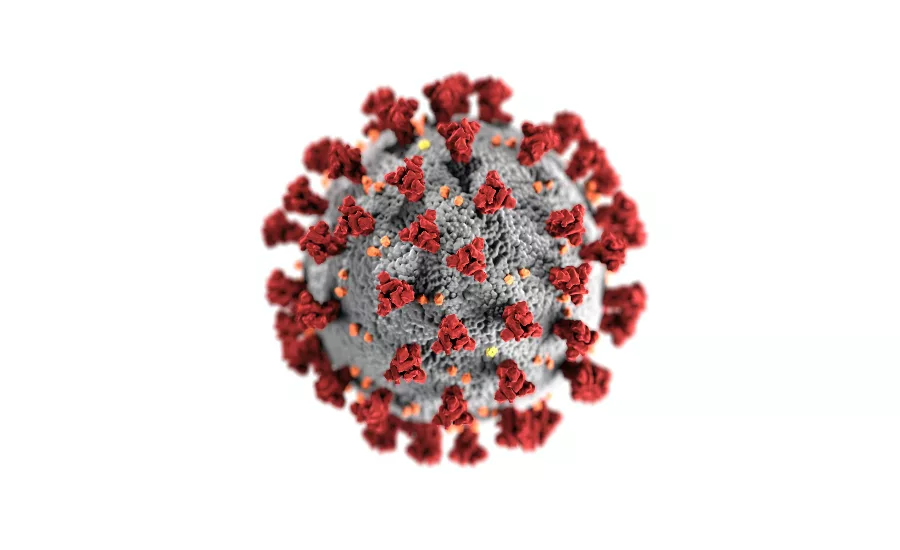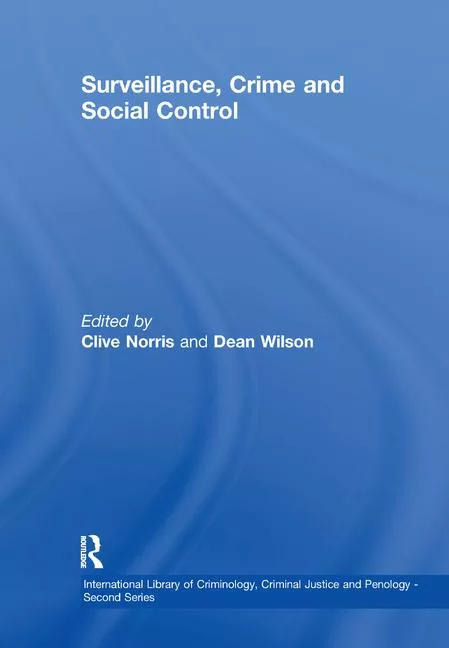Number of Calls to Poison Control Centers Increased Sharply during COVID-19

The Centers for Disease Control and Prevention (CDC) has released a new report to assess whether there might be a possible association between COVID-19 cleaning recommendations from public health agencies and the media and the number of chemical exposures reported to the National Poison Data System (NPDS). The CDC and the American Association of Poison Control Centers surveillance team compared the number of exposures reported for the period January–March 2020 with the number of reports during the same 3-month period in 2018 and 2019.
According to the CDC, during January–March 2020, poison centers received 45,550 exposure calls related to cleaners (28,158) and disinfectants (17,392), representing overall increases of 20.4 percent and 16.4 percent from January–March 2019 (37,822) and January–March 2018 (39,122), respectively. Although NPDS data do not provide information showing a definite link between exposures and COVID-19 cleaning efforts, there appears to be a clear temporal association with increased use of these products, says the CDC.

The daily number of calls to poison centers increased sharply at the beginning of March 2020 for exposures to both cleaners and disinfectants. The increase in total calls was seen across all age groups; however, exposures among children aged ≤5 years consistently represented a large percentage of total calls in the 3-month study period for each year (range = 39.9 percent–47.3 percent).
Further analysis of the increase in calls from 2019 to 2020 (3,137 for cleaners, 4,591 for disinfectants), showed that among all cleaner categories, bleaches accounted for the largest percentage of the increase (1,949; 62.1 percent), whereas nonalcohol disinfectants (1,684; 36.7 percent) and hand sanitizers (1,684; 36.7 percent) accounted for the largest percentages of the increase among disinfectant categories. Inhalation represented the largest percentage increase from 2019 to 2020 among all exposure routes, with an increase of 35.3 percent (from 4,713 to 6,379) for all cleaners and an increase of 108.8 percent (from 569 to 1,188) for all disinfectants. Two illustrative case vignettes are presented to highlight the types of chemical exposure calls managed by poison centers.
The findings in this report are subject to at least two limitations, notes the CDC:
- NPDS data likely underestimate the total incidence and severity of poisonings, because they are limited to persons calling poison centers for assistance.
- Data on the direct attribution of these exposures to efforts to prevent or treat COVID-19 are not available in NPDS.
Although a causal association cannot be demonstrated, the timing of these reported exposures corresponded to increased media coverage of the COVID-19 pandemic, reports of consumer shortages of cleaning and disinfection products (4), and the beginning of some local and state stay-at-home orders, adds the CDC.
Exposures to cleaners and disinfectants reported to NPDS increased substantially in early March 2020. Associated with increased use of cleaners and disinfectants, says the CDC, is the possibility of improper use, such as using more than directed on the label, mixing multiple chemical products together, not wearing protective gear, and applying in poorly ventilated areas.
To reduce improper use and prevent unnecessary chemical exposures, users should always read and follow directions on the label, only use water at room temperature for dilution (unless stated otherwise on the label), avoid mixing chemical products, wear eye and skin protection, ensure adequate ventilation, and store chemicals out of the reach of children.
Looking for a reprint of this article?
From high-res PDFs to custom plaques, order your copy today!







